“A punishment from the gods infects man and not other living creatures .. a punishment that inflicts a mosquito to eliminate that evil that dominated our country”.. Thus the Egyptian crossed over 3500 years ago, when the land of Egypt was struck by a plague of malaria, and a pestilence that eliminated many Villages and cities, and reached his power that eliminated King Tutankhamun, in keeping with the results of DNA analysis and a CT scan of the king's mummy, who died in 1325 BC, which proved his death from complications from malaria, which was confirmed by Dr. Zahi Hawass, the previous Secretary-General The Supreme Council of Antiquities.
Although malaria failed to leave any visible effect on the mummies, its DNA analyzes confirmed the presence of three genes for a parasite that cause malaria in 4 mummies, including Mummy the mother of Tutankhamun, which answers some importantquestions about the habits of the Egyptians, the foremost important reasons the 000 thing that called the builders of the pyramids to eat large quantities of garlic, perhaps to guard them from malaria, and also the feasibility of using King Senefru, the founding father of the Fourth State, who ruled from 2613-2589 BC, and Cleopatra, who ruled from 30-44 BC, for mosquito nets? Is to avoid mosquito bites ?, Butit's certain that malaria epidemic spread in Egypt 2,800 years ago.
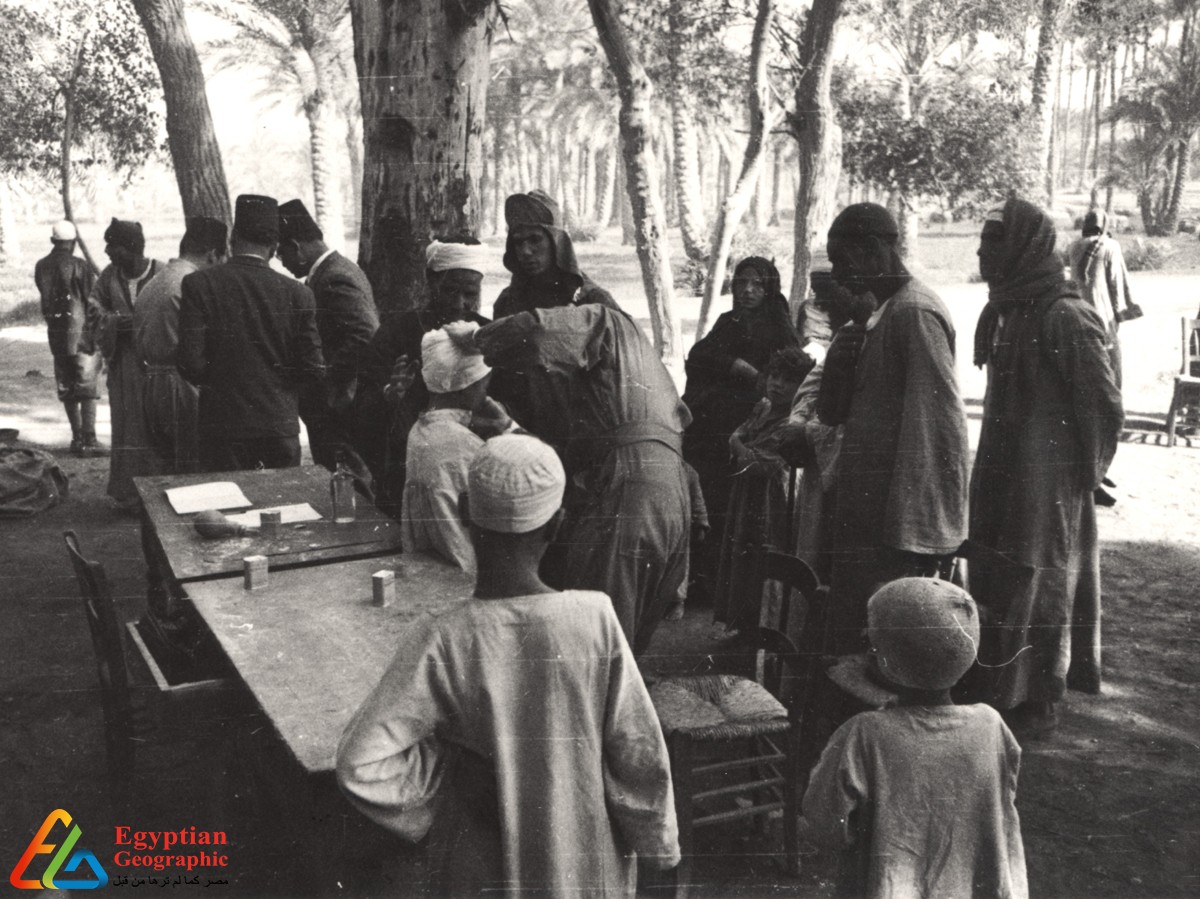
Many ancient Egyptian papyri, on top of which are papyri, Chester Beatty Medical, Ramesseum, Cahon, Edwin Smith, Harris, Ypres, London, Berlin, Carlsberg, Brooklyn, Bruges, confirming the Egyptians ’practice of what's called" practice of medicine "to protect against infectious diseases. Especially after the death of an oversized number of residents of the town of Tel el-Amarna with malaria, and therefore thesuccess of the doctor, the priest Sekhmet, in developing a treatment for malaria and smallpox, as indicated by the Ypres Papyrus and medical practices, which is that the oldest treatment document in history dating back over 3500 years .
"The papyri proscribed "preventive medicine" to guard against infectious diseases .. Ypres is that the oldest treatment document in history"
The methods of prevention employed by the traditional Egyptians weren't different from the methods of today. Disinfection from diseases, washing hands, clothes and food became the primary shield to guard against epidemics, and his use of water extended to sterilize deities and kings and spread them before of homes and houses as an emblem of excellent health without contagious diseases, and he also excelled in designing homes for the general public class with bathrooms designated for laundry et al to alleviate himself, and he was keen to make them At the top of a corridor within the house, while within the houses and palaces of the richclass a pool of water was built.
According to the inscriptions and papyri, the traditional Egyptian realized that harmful insects and animal dung are a source of transmission of bacteria and viruses, so he took care to sterilize his house with herbs and incense, additionallyto sterilizing the boxes that protect the intestines of the deceased after embalming him, and he also followed all the methods of preventing viruses and bacteria, allocating 3 times for cleaning and bathing for the general public class And five times for priests using Natron salt and oils extracted from plants, additionally to the habit of shaving head andhair for the general public once every week and each two days for priests, which explains the presence of lakes within the temples.
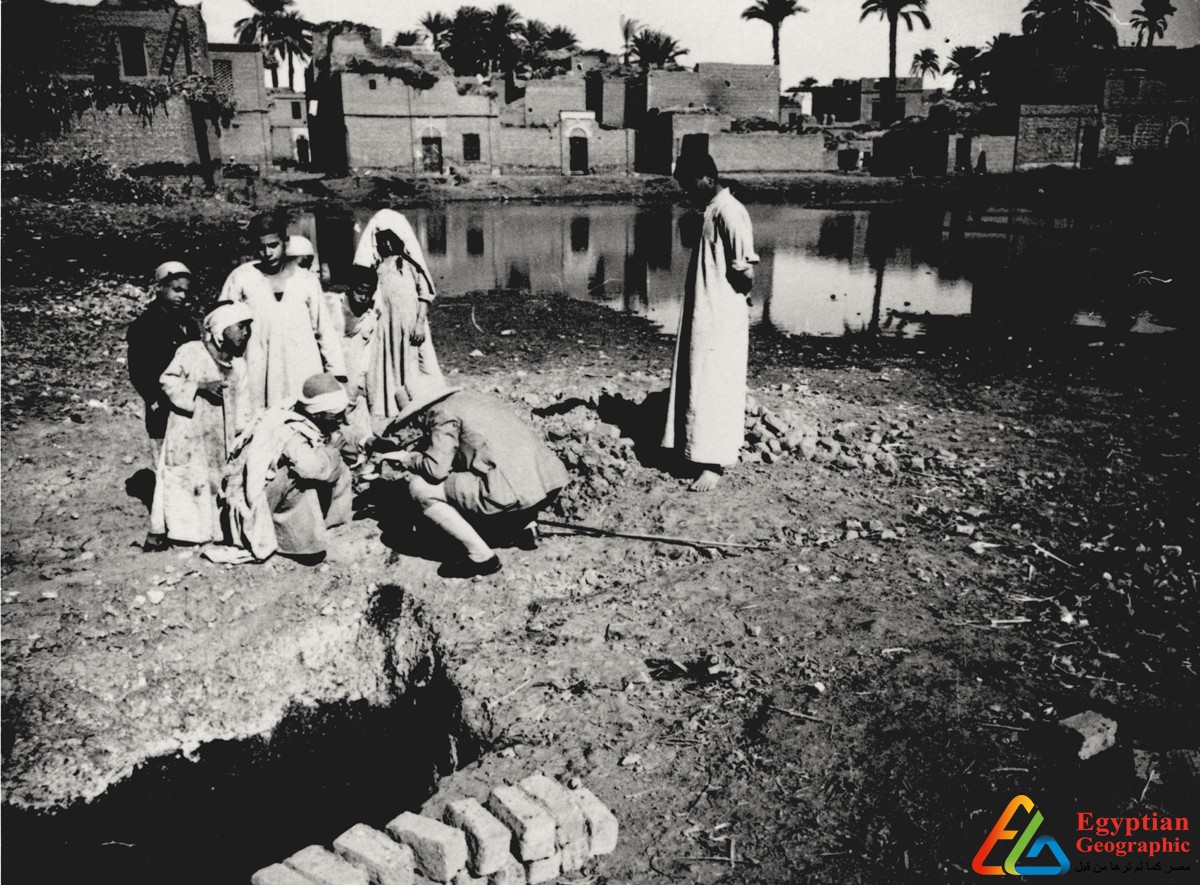
The plague wasn't a known epidemic in ancient Egypt, of course, in step with the sources and inscriptions that we all know today, and therefore the plague could also be the disease What is called within the Egyptian medical papyri is "Ta-Net", meaning the Asian disease, whether or not that informationisn't confirmed, so we don't know actuality reason through which the traditional Egyptians attributed this epidemic to Asia, because the papyri mentioned some terms about epidemics, like "Renpt Iadat" That is, the “year of the epidemic,” and was related to the goddess Sekhmet, the goddess who personified divine anger, Papyri from the Roman era check with the measures taken by the priest of the temple, the priest of Sekhmet, to look at meat and livestock, and protect against infection.
Snefru and Cleopatra used "mosquito netting" to guard themselves from malaria .. and also the pyramid builders ate garlic for prevention
"The yellow epidemic .. that epidemic coming from the east" .. Egyptians weren't only confronted with epidemics within theancient era, but also within the Middle Ages it suffered from some epidemic attacks, in 1344 the plague swept the globe, and three years later it struck Egypt, through Italian merchants within the city of Alexandria, within the era of the Maritime Mamluk state during the reign of King Nasser Hassan the primary, it began in October from the year 1347 until January 1349 AD, and per the famous Egyptian historian "Ibn Iyas", quite 20 thousand funerals went out of Cairo on a daily basis, the amount of individuals who died between the months of Shaban and Ramadan reached about 900,000, and agricultural lands were damaged and agricultural crops decreased because of the death of farmers.
The Egyptian historian recorded the flight of the manyMamluks led by Sultan Al-Nasir Muhammad Ibn Qalawun, whowasn't eleven years old at that point, from Cairo to the plague-free villages north of the town and therefore thesouth of the delta, yet most of them decided in recent years that it's better to remain, within the castle to defend their interests against the treachery of the rival and rebellious Mamluks, and in 1562 AD, the plague struck the port of Alexandria, then the epidemic moved to Damanhur and also the monsters of Isa within the lake, and from there it moved to Cairo, Nile water.

In the years 1696 and 1696 the plague attacked Egypt for the second time, and it absolutely was a chilly that kills within the first weeks, ranging between 100 to 2 hundred per day, and was more lethal when the cold got worse, and contemporary yearbooks discuss victims who were spitting blood, and this is often a sign of the plague The fatal lung infection, and in step with the Egyptian historian Abd al-Rahman al-Jabarti, many of the The wealthy, princes, chief merchants, et al. were involved in burying an oversized number of the dead from the plaguewithin the eastern and southern cemeteries.
Once again the plague attacked the lands of Egypt within theera of the Mamluk emirate, Ismail Bey the good in 1791, so historians called that epidemic the "Plague of Ismail", andconsistent with statistics, the epidemic killed a 3rd of Cairo's population, which numbered nearly 260 thousand people,because the number of deaths reached about 2000 deaths per day, meaning that the deaths exceeded the 86,000 people mark, and among them was Ismail Bey himself.
Malaria is that the first epidemic to hit Egypt within the dynastic era .. and cholera has attacked Egypt 3 times in half a century
After but 9 years, specifically within the year 1800, and through the French campaign in Egypt, and also the try andenter the Levant, at that point Napoleon killed an outsizednumber of prisoners and left the corpses decomposing within the streets, which led to the infection of his soldiers with the epidemic, and he was transferred to Egypt, and so nearly died From 75 thousand people in Cairo and 125 thousand within the governorates, so the toll from the virus is 200 thousand citizens, and also the Swiss orientalist John Louis Burckhardt, who died in Cairo in 1933 as a results of an unknown disease, believes that the plague has remained in Egypt for quite 16 of the 50 years, during the amount from 1750 to 1800, and withthe approaching of Muhammad Ali Pasha, the confrontation changed with variety of strong measures that contributed to the elimination of the plague.
Muhammad Ali Pasha, despite his tyranny was enlightened, was attentive to the importance of health take care of the Egyptian citizen who would build his kingdom, so he was committed to the concept of order at the time of the disease crisis, and in 1812, knowing the looks of the plague in Istanbul, he imposed a maritime quarantine on Turkish ships, therefore the plague failed to enter Egypt also established the primarygovernment-supported village health system within theMediterranean world, and so as to supply comprehensive rural health coverage, European medical advisors were brought in clinical practices, led by the French doctor Antoine Clot Pasha, who in 1827 established the primary teaching hospital of the European style in Egypt, which is Qasr Al-Aini Hospital, and yet the plague entered Egypt in 1834 through the Egyptian ports overlooking the Mediterranean.

Contemporary historians have confirmed that the town of Alexandria was the primary city to be hit by plague, and as aresults of contact with the West, which has experience of facing epidemics, Therefore, the principle of isolation was applied to the infected cases, and quarantine centers were established at Edge of town, and everybody who violated the choice to report an injured or dead of the plague was shot dead, and at the tip of 1837 nearly 75 thousand Cairois died, and 125 thousand other Egyptians, Five years later, the plague returned again in 1841, when the epidemic spread in northern Egypt, and also thepeople of the affected villages hid the epidemic, fearing the measures of the Egyptian government, and in one in every ofthe western villages, the survivors killed the soldiers sent by Muhammad Ali, and for several hours they prevented the reinforced forces until The forces recovered their bodies, while the forces in other villages succeeded in controlling the injured.
The confrontation process was meted out with all firmness and cruelty, as very strong measures were imposed against the plague, because the entire village was isolated without anyone entering or leaving, and therefore the soldiers had orders to shoot and kill anyone who violated this, and inside the village the garments of the injured were burned, and therefore the separation The affected one another, the scene continued during this way until the top of 1844, after which Egypt became a rustic free from the plague.
As for cholera, it attacked Egypt thrice, starting in 1883 and continuing for sixty years, until 1947, it appeared for the primary time in Damietta in June 1883, when a British ship docked with an employee suffering from the epidemic, then moved from it to the remainder of the Egyptian cities, and fora protracted time, For nearly 35 days, cholera claimed nearly 150,000 Egyptians, including a few quarter of the residents of the port of Alexandria, In 1902, cholera struck Egypt again, and also the disease began in Musha village in Assiut governorate.
On August 15, 1947, cholera broke out in India, and British forces were taking the Suez Canal as a rest stop before moving to Britain, and British soldiers carrying the disease caused the infection to transmit the infection to Egypt, so the first features of the epidemic appeared on September 18 of the same year, specifically in The village of Al-Qurain in the eastern governorate adjacent to the British camps, when two farmers suffered diarrhea and vomiting, and when they went to the health unit in the village, they were diagnosed with food poisoning, and the next day two other people were injured, and days later more than 10 deaths were recorded in the neighboring villages, Epidemiological situation Until more than 20 thousand cases were recorded, more than 10 thousand of them died, out of the total population at that time about 19 million people.




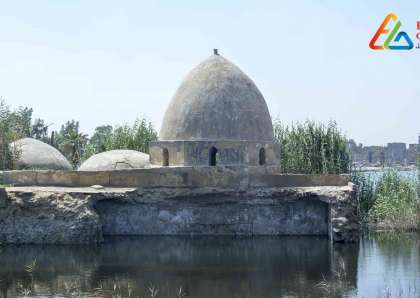

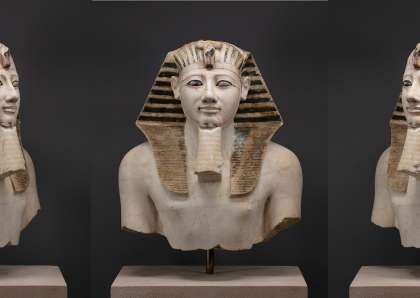












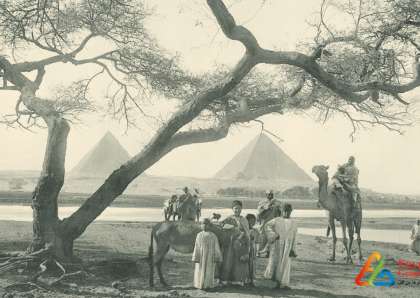



















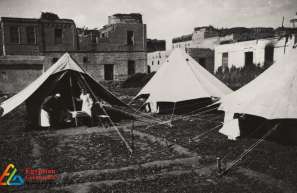













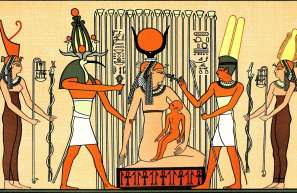










Egyptian Site & magazine